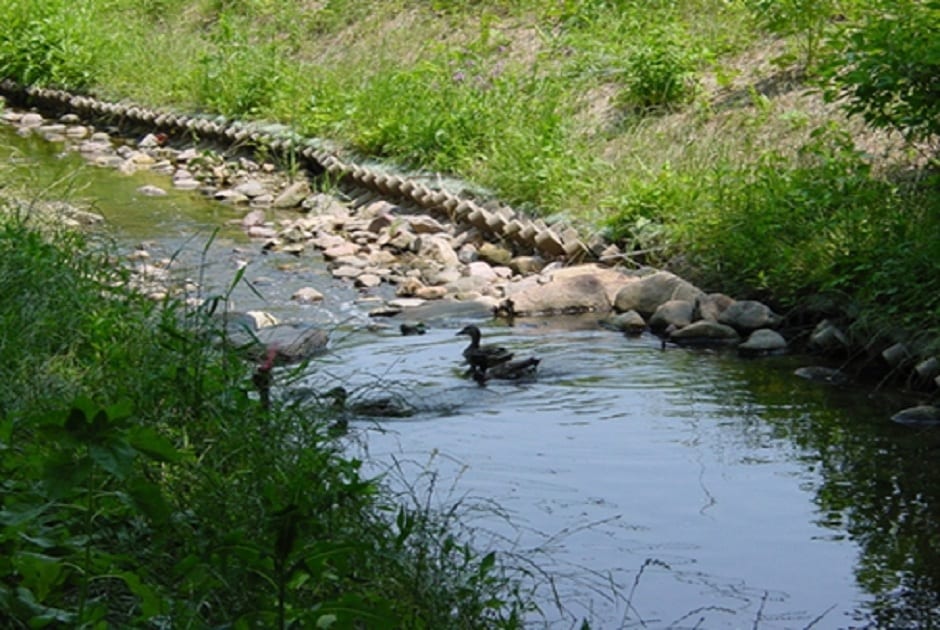When planning for future pipeline exposure remediation, Submar often suggests the use of vegetated riprap. Riprap is commonly made of stone and often proves to be a useful streambank stabilization tool. Vegetated riprap is similar but could prove to be significantly more cost-effective.
What Is Vegetated Riprap?
Vegetated riprap is similar to traditional riprap but incorporates a blend of native vegetation from live cuttings. Vegetated riprap helps to redirect the flow of water and adds additional bank protection, thanks to its root protection. Once the system of roots from the vegetated riprap takes hold, the soil will stabilize, and there will be less chance of erosion. Because vegetated riprap creates a system designed for long-term success, maintenance costs are reduced dramatically.
How Does Vegetated Riprap Prevent Future Pipeline Exposure Remediation?
When erosion occurs, pipeline exposure remediation is necessary because the pipeline will be susceptible to weathering and cracking. Once these occur, there is a good chance that the pipe will begin leaking or that contaminants will enter the liquid supply. Both outcomes would result in costly delays.
Vegetated riprap is a viable long-term solution because it encourages plant growth. Plants are one of the most effective forms of erosion control available. The biggest problem in trying to control pipeline erosion is that it is often difficult to get plants to take hold in areas that are already vulnerable to erosion. Vegetated riprap gives those roots the ability establish a strong root structure.


